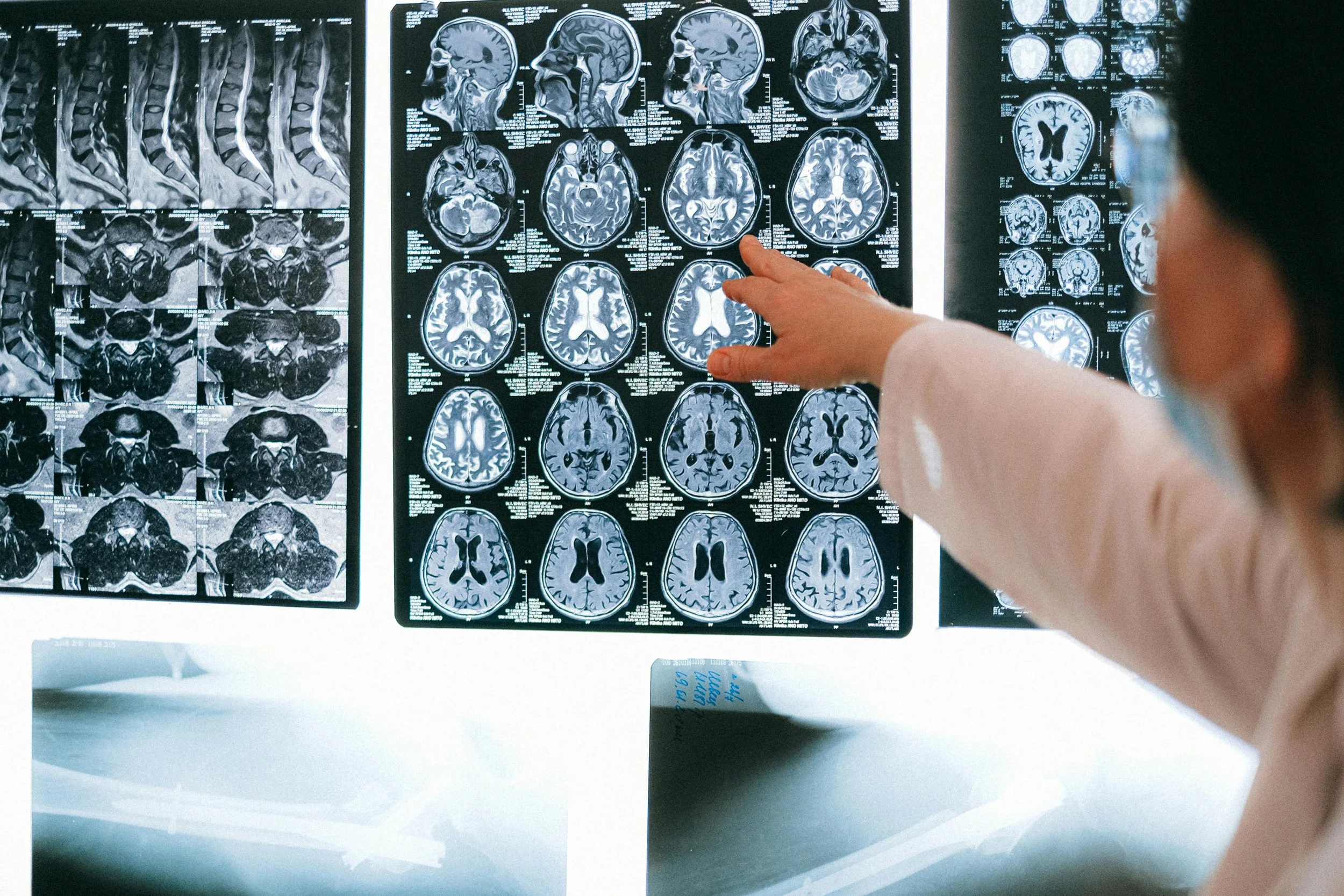The Danger of Reverse Inference in Neuroscience and Consumer Research
When neuroscience intersects with consumer research, it promises an enticing frontier: uncovering what truly drives human behavior, often at a subconscious level. Yet as appealing as it sounds, this approach can run into a significant methodological pitfall—reverse inference. This concept refers to the risky leap of inferring specific psychological states or processes directly from observed brain activity, which can lead to misleading conclusions. While neuroscience tools like fMRI and EEG open doors to new insights, the misinterpretation of these findings can quickly lead business strategies astray.
What Is Reverse Inference?
In neuroscience, reverse inference occurs when researchers deduce a person’s thoughts, emotions, or intentions based on activity in particular brain regions. For example, if the amygdala (a brain region involved in emotional processing) shows heightened activity, one might hastily conclude that the subject feels fear. However, the amygdala is not exclusively linked to fear—it also plays a role in a variety of other emotional and cognitive functions, like surprise and attention. Thus, interpreting any brain activity as proof of a single mental state is often an oversimplification that risks distorting reality.
The "Love" for the iPhone: An Infamous Example
One well-known case of reverse inference was a study published by The New York Times, You Love Your iPhone. Literally., which claimed that people “love” their iPhones, based on fMRI data. This study interpreted the activation in certain brain regions associated with feelings of affection as “proof” that participants were emotionally attached to their phones as if they were a loved one. However, these brain regions also activate in response to a range of other stimuli, and the interpretation that the participants “loved” their phones was, at best, speculative and, at worst, exaggerated for dramatic effect.
This type of reverse inference is tempting, particularly in consumer research, where brands are eager to make claims about their deep connection with consumers. But assuming that specific brain activity equates to complex emotions or beliefs can quickly lead to oversimplified—and ultimately flawed—business insights.
Why Reverse Inference Can Be Dangerous in Consumer Research
When reverse inference infiltrates consumer research, it has the potential to skew business decisions in costly ways. Here are a few reasons why this is particularly concerning:
Overconfidence in "Objective" Measures: Neuroscience tools are often seen as offering more “objective” insights than self-reported data. This perception can cause companies to place excessive trust in these findings. However, if these conclusions are based on reverse inference, then what appears objective may actually be just as prone to misinterpretation as a subjective survey.
Risk of Confirmation Bias: Companies often want to hear that consumers “love” their product or that their advertisements “excite” their audience. Reverse inference makes it easier to find “evidence” that confirms these beliefs. For example, if a campaign leads to heightened brain activity in reward-related areas, a company might conclude that their audience finds it satisfying, even though that region could activate for a number of reasons unrelated to the product or campaign.
Misleading Marketing Messages: Reverse inference findings can lead to dramatic marketing claims that lack a strong scientific foundation. Promoting a product as something that people are “hardwired to love” or “unconsciously drawn to” might sound compelling, but if it’s based on reverse inference, these claims may lack authenticity. Over time, this kind of messaging can erode consumer trust if it becomes apparent that the claims are not backed by robust evidence.
Poor Product Decisions: Imagine a company using reverse inference to conclude that certain product features elicit “excitement” based on brain activity alone. They may invest heavily in emphasizing these features or create entire campaigns around them, only to find that these decisions don’t resonate with consumers in the real world. The cost of these misguided decisions can be substantial, leading to lost revenue, rebranding efforts, and the need for additional consumer research to recalibrate.
Avoiding Reverse Inference: Best Practices for Neuroscience in Consumer Research
To prevent reverse inference from skewing insights, consumer researchers and companies can adopt a more careful approach to neuroscience data:
Consider Multiple Interpretations: Brain regions are involved in various functions, so any activity should be viewed with caution and a range of possible interpretations. An increase in activity in a reward-related area, for instance, doesn’t definitively mean that someone “likes” what they’re viewing; it could mean they’re simply paying attention or experiencing surprise.
Use Complementary Methods: Neuroscience tools should rarely be used as standalone measures in consumer research. Combining these tools with surveys, behavioral observation, and other methodologies can provide a fuller picture of consumer responses. By triangulating data, researchers can minimize the risk of misinterpretation.
Prioritize Transparency: If consumer neuroscience findings are communicated to stakeholders, it’s essential to provide context and clarity around the limitations of the interpretations. Acknowledging that neuroscience can offer a glimpse into brain activity without directly reading thoughts or emotions can help set realistic expectations.
Invest in Education: Companies venturing into neuroscience-based consumer research would benefit from educating their teams on what these tools can and cannot reveal. Understanding the risks associated with reverse inference can empower teams to approach data critically rather than drawing premature conclusions.
Conclusion: Caution and Care Lead to Real Insight
Neuroscience holds incredible promise for consumer research, offering a deeper understanding of human behavior that was previously inaccessible. However, the allure of reading the mind can make us forget that the brain’s complexity defies simplistic interpretations. By staying vigilant against reverse inference, researchers can uphold scientific rigor, ensuring that the insights derived from neuroscience are genuinely meaningful and actionable for business.
Reverse inference may be a common pitfall, but with a thoughtful, informed approach, consumer research can harness the power of neuroscience responsibly, leading to better strategies, authentic marketing, and products that truly resonate with consumers.
Consider reaching out to your friendly neighborhood nerdoscientist for help 😉


